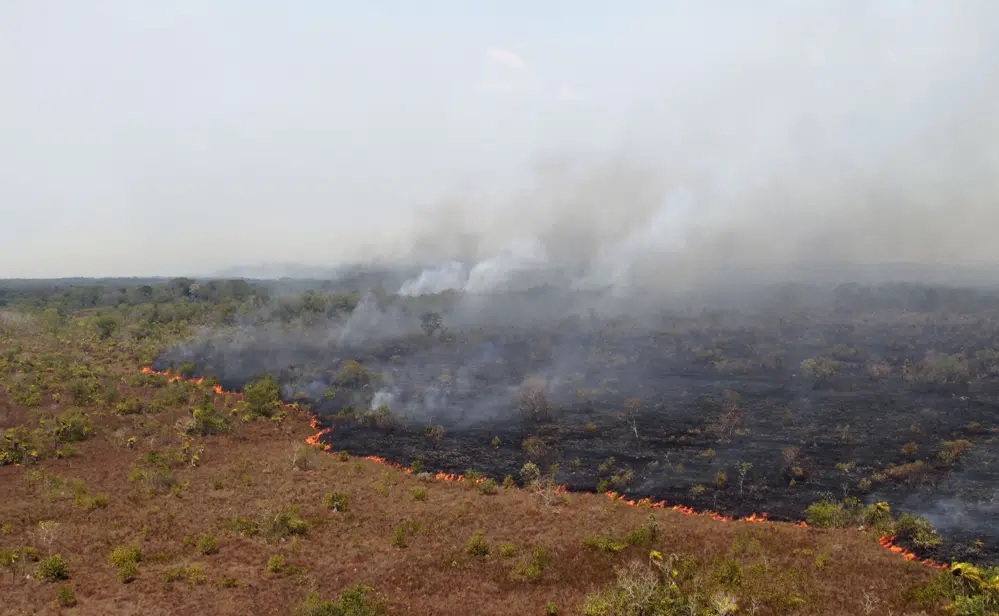Trillions of dollars in damage
Scientists say El Nino is now forming and could be more damaging than previously thought. El Nino is a temporary, natural warming of the equatorial Pacific Ocean that causes droughts, floods and heatwaves in different parts of the world.

El Nino, when combined with global warming, will cause more heat, more wildfires, more droughts and more floods. Photo: AP
A study published Thursday in the journal Science sums up the global damage, with a focus on the long-term economic scars. Previous research has suggested that El Nino is not that costly and may even be beneficial. But a new Dartmouth study finds that the damage caused by El Nino could run into the trillions of dollars.
The study authors said that El Nino costs the global economy an average of $3.4 trillion. In 1997-1998, El Nino caused $5.7 trillion in damage. However, the World Bank estimated that the 1997-1998 El Nino cost countries only $45 billion, 100 times less than the Dartmouth estimate.
But the team of researchers said they were looking at longer-term economic impacts than traditionally measured.
“We don’t understand much about its macroeconomic impacts, nor what it means for future global warming,” said the study’s lead author, Christopher Callahan, a climate impacts researcher at Dartmouth.
“Economies suffer losses from El Niño for a decade or more, and they are likely to persist forever,” said Justin Mankin, a climate scientist at Dartmouth who co-authored the study.
The economic scars include the diversion of spending from technology and innovation to recovery and rebuilding efforts, which are the opportunity costs of El Niño, Mr. Callahan said.
Scientists simulated a world without El Nino and looked at the global difference in costs, relative to global gross domestic product, Mr Mankin said.
Southern Hemisphere and beyond
The biggest impacts of El Nino are drier weather in southeast Africa, south Asia, northern Australia and the Amazon rainforest, often leading to increased wildfires in those areas. Temperatures are also higher in much of Asia, the Pacific Northwest of the United States and Australia.
El Nino occurs on average every three to five years and varies in intensity. According to the US National Oceanic and Atmospheric Administration, the strongest El Nino was in 2016.
Because “the impacts of El Nino look a lot like the impacts of global warming,” studying the economic costs of El Nino “is essential” to understanding the larger damage from human-caused climate change, Mankin said.
Michael McPhaden, a NOAA oceanographer who studies El Nino, said he has long thought that the damage estimates from El Nino are too low, and more importantly, “the people who are hit hard by El Nino are the countries of the Southern Hemisphere,” meaning poorer countries are hit hardest.
“The economic impact of El Nino later this year will depend on how strong it is,” he said. “If El Nino is as strong as the one in 1997, it could be devastating with impacts lasting into the years ahead. On the other hand, if it turns out to be a milder El Nino, the damage and recovery time could be significantly shortened.”
Hoang Nam (according to AP)
Source





































































































Comment (0)